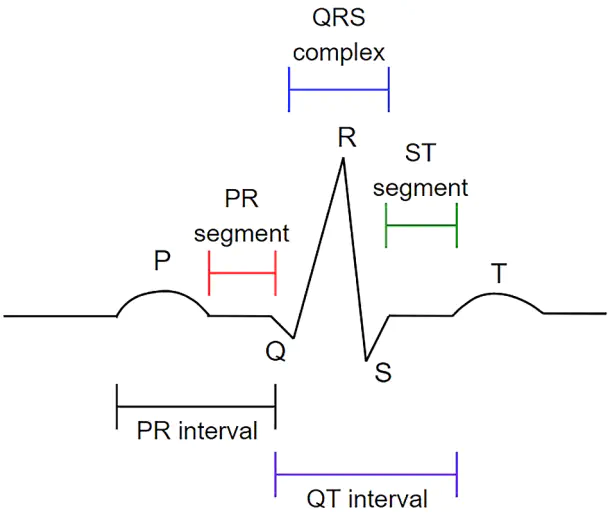Evaluation of electrocardiogram: numerical vs. image data for emotion recognition system

Abstract
The electrocardiogram (ECG) is a physiological signal used to diagnose and monitor cardiovascular disease, usually using 2- D ECG. Numerous studies have proven that ECG can be used to detect human emotions using 1-D ECG; however, ECG is typically captured as 2-D images rather than as 1-D data. There is still no consensus on the effect of the ECG input format on the accuracy of the emotion recognition system (ERS). The ERS using 2-D ECG is still inadequately studied. Therefore, this study compared ERS performance using 1-D and 2-D ECG data to investigate the effect of the ECG input format on the ERS.
Type
Publication
In F1000 Research